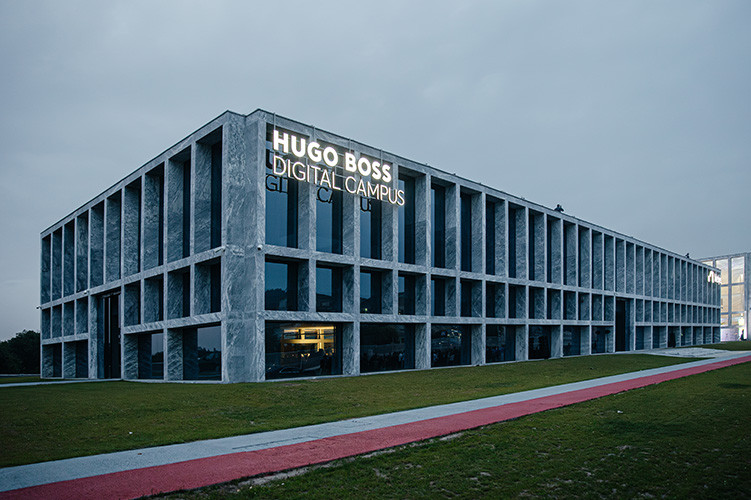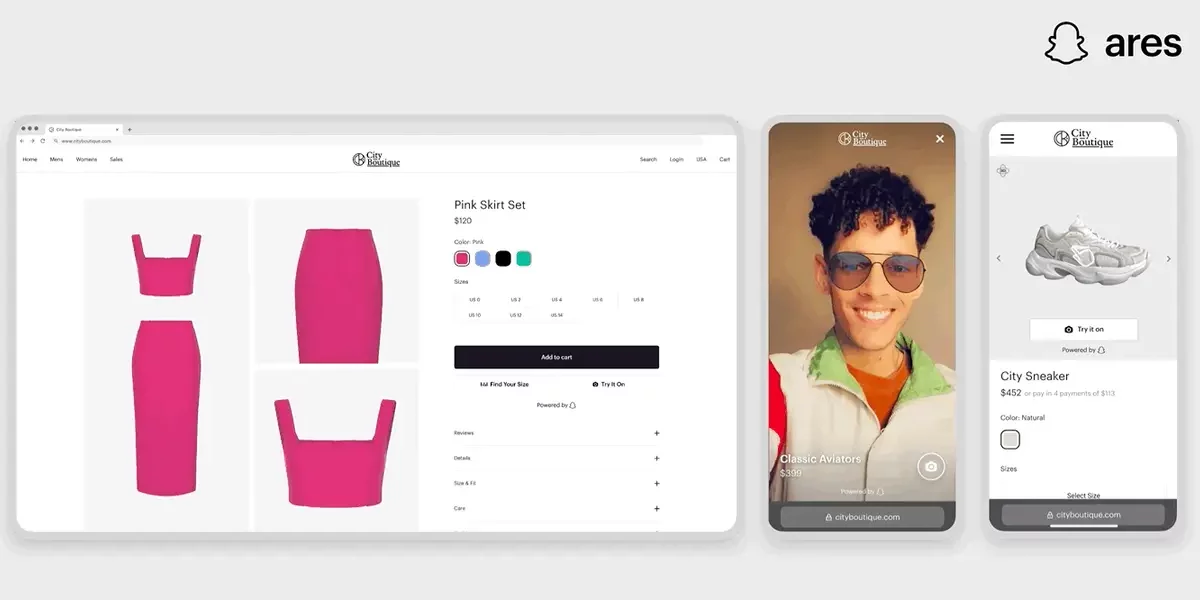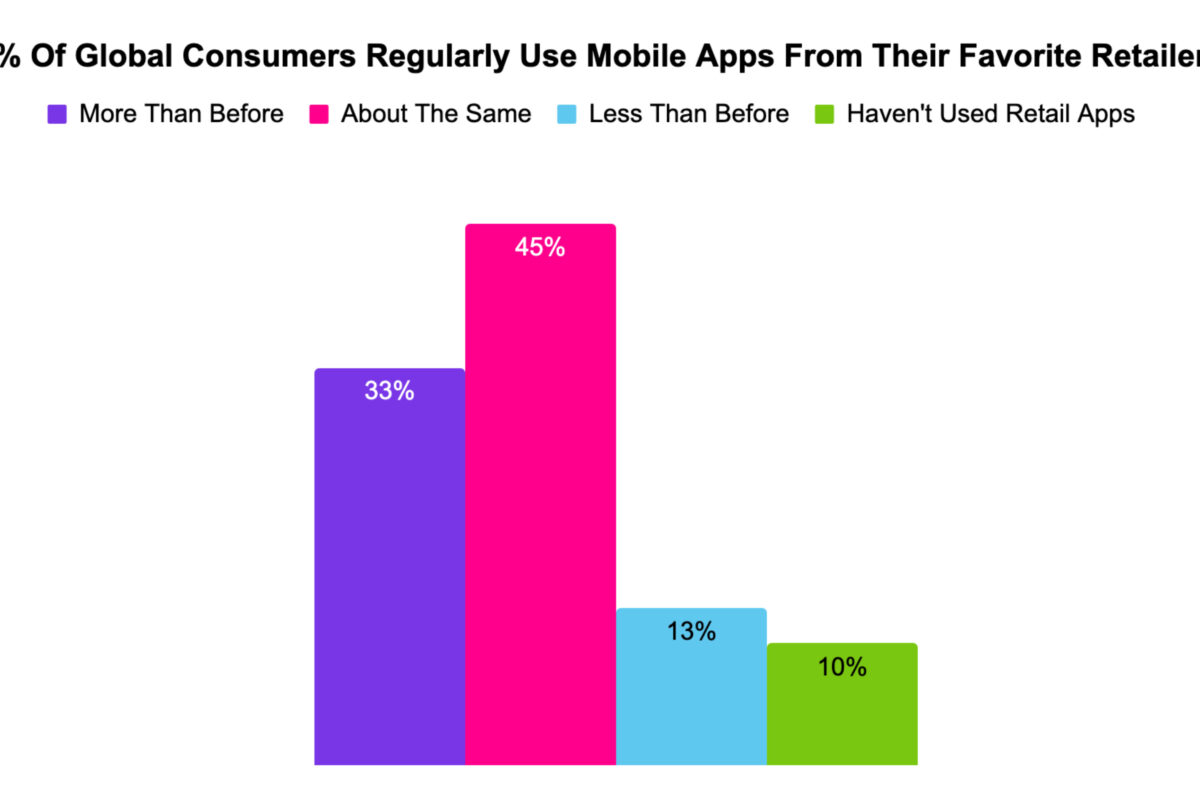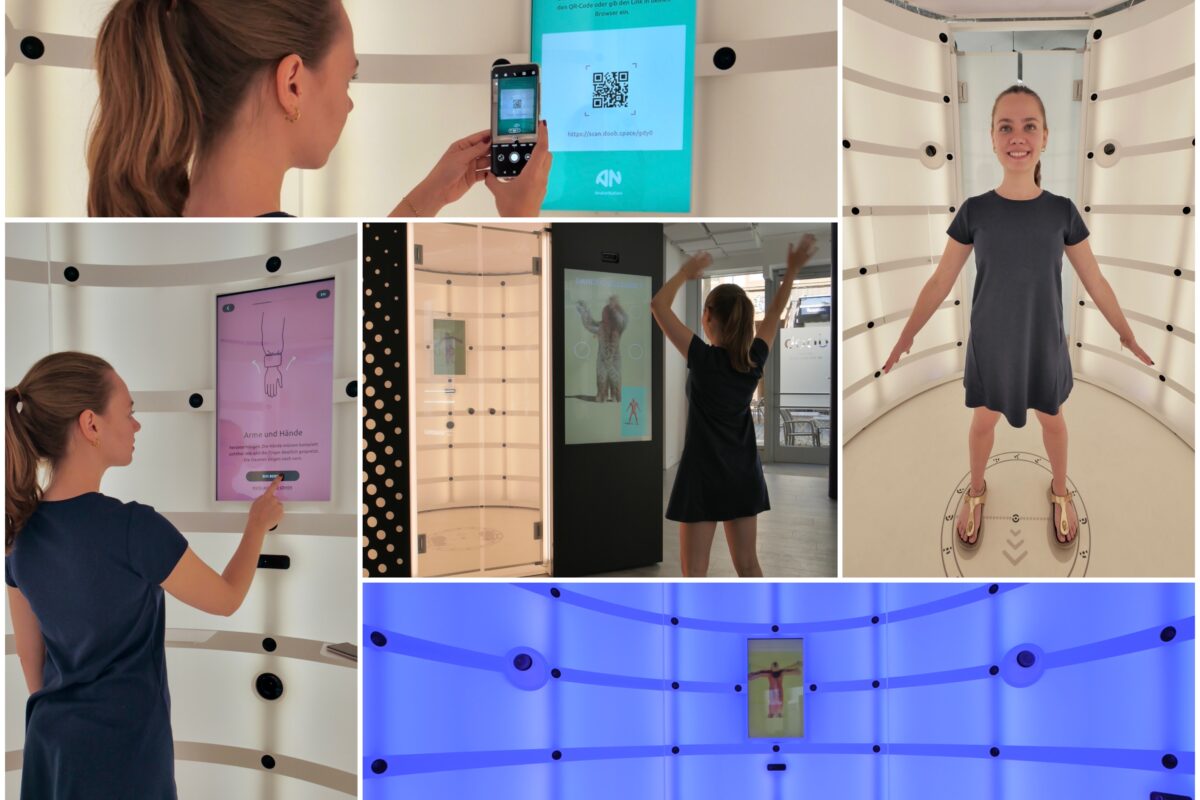With so much conflicting information on customer technology innovation being fed to premium and luxury brand executives, it is no wonder many are confused. Understanding and prioritizing new consumer tech tools is an essential skill that all customer-centric organizations must master.
However, executives in critical customer-facing functions such as e-commerce, marketing, sales, and customer service are often so focused on programmatic ad technology that they fail to examine and implement new technologies that better serve the best interests of the brand and its customers. Here, Luxury Institute recommends five key technologies, in order of priority, and how brands should approach each for maximum financial performance in 2022 and coming years.
1. Social Selling Tech
The future of e-commerce is personal and human. Imagine the power of a global social selling community powering the brand’s e-commerce. Social selling is the act of empowering every sales associate with their own “storefront”, or microsite, with complete brand oversight. Associates can creatively curate and personalize for each customer. They can post favorite products, curate boards of products, list services, and integrate with social media such as TikTok and Instagram. Social selling tech integrates and optimizes emotionally intelligent digital retail with social media. LVMH and L’Oréal have invested heavily in social selling leader Replika Software and are rolling out to all brands globally. Whatever social selling tool brands select they need to make this the top priority in customer tech beyond a basic e-commerce website. Social selling can improve average cart size 50-200% and conversion rates by 8-10 times. Game-changing results are the main reason most premium and luxury leaders are putting social selling at the top of the list.
2. Short Video and Livestream Shopping
The second most powerful consumer technology brands starting to execute right now is short video and livestream shopping technology. While operating on TikTok and Instagram is valuable, the most valuable video move is to focus resources on bringing static, brochureware sites to life with short videos for every product, and especially the best sellers. Carefully test livestreaming directly from stores and make sure production value and brand ambassadors live up to premium and luxury brand standards. Results from short video and livestream tech platform leader Firework show that average customer engagement increases from 8-seconds to 17-minutes while conversion can go from 0.2% to 34%. This second priority is a no-brainer. The synergies with social selling are fantastic.
3. Licensing Customer Behavioral Data
Digital cookie tracking is going to be eliminated due to consumer privacy protections becoming stricter and stricter. While this will certainly be a blow to unethical and illegal data brokers, it is a once-in-a-lifetime opportunity for ethical brands to engage with consumers directly for data access and optimize their marketing and selling communications and product innovations. The first generation of personal data exchanges is now in full bloom. Using a personal data exchange such as U.S. market leader DataLucent, any brand can design and deploy a fair-value rewards e-mail or text campaign to different segments of customers, to gain consent to license their digital platform data (Instagram, Google, etc..). The best personal data exchanges are fiduciaries and can guarantee end-to-end encryption, full anonymity, privacy, copyright, and licensing law protections to consumers. The brand doesn’t have to ever take possession of the data. Consumers receive fair value and privacy while brands generate rich, relevant, actionable, anonymous, segment level behavioral insights. Brands can utilize these behaviorally driven insights to develop new products, compelling content and offers. Brands can finally begin to design and deliver extraordinary customer experiences. This behavioral data can be supplemented with surveys and other tools to establish an on-going dialogue and achieve a 360-degree understanding of customer behaviors and their motivations. Licensing digital platform data direct from the customer is a major leap in the consumer insights journey to personalization. That leap makes it one of the top three priorities in consumer tech for premium and luxury brands.
4. Blockchain
Blockchain is simply a shared, immutable ledger that facilitates the process of recording transactions and tracking assets in a business network. An asset can be each raw material used to make a handbag, jewelry, a watch, and other premium and luxury goods. Probably the most powerful ways for the premium and luxury goods industry to use blockchain now is to provide provenance (authentic proof of origin) to prevent counterfeits and fakes. Blockchain can provide a secure and trusted tracking system from one end of the supply chain (the creation or mining of raw materials) to the end state, where a customer enjoys, and can even resell, the authentic product. Blockchain, when used truthfully to authenticate origin, can be useful to help eliminate counterfeits by enabling brands and law enforcement to determine the authenticity of a product and help eliminate criminal activity and enhance the sales and profits of legitimate brands. The Aura Blockchain Consortium, led by respected industry veteran Daniela Ott, is bringing top-tier luxury brands together to establish product passports for luxury goods. Every legitimate brand should join. Since it protects the original brand, and, very importantly, the investment of the customer, using blockchain to fight counterfeiting is the fourth priority in customer tech.
5. NFTs
NFTs are here to stay. Non-Fungible Tokens (NFTs) can represent any asset. In the premium and luxury industry, NFTs are mostly used to signify that, hidden in a digital artwork, there is unique, authenticating unit of data stored on a digital ledger (blockchain again) that establishes proof of ownership. That’s powerful in the digital world. NFTs are real and will probably bring new forms of innovation to art, fashion, entertainment, beauty, retail, and many other categories. However, since NFTs are tied to blockchain, which is the foundational force behind cryptocurrencies, they have had the same growing pains. Those pains are too numerous to mention here, and most luxury executives are aware of what they are. What premium and luxury brands need to do now is test and learn their way into the NFT marketplace, very meticulously. Brands that want to avoid being part of a scam, have their customers scammed, or be scammed themselves, can steer clear of toxic exchanges and dodgy NFT players. Technology from CryptID Technologies and other encryption innovators will soon be available to allow brands to authenticate proof of origin and ownership using tamper-proof, advanced verification techniques, called Zero Knowledge Proofs (ZKPs) for any digital asset, at scale. Using cryptographic proofs that do not require blockchains to prove authenticity, and that massively scale transactions, where blockchain cannot, will liberate and empower NFT originators, buyers and sellers. Meanwhile, since there are four other major “low-hanging fruit” consumer technologies, NFTs take fifth place in the list of Luxury Institute recommended priorities.
Some may wonder why the Metaverse has not been included in Luxury Institute’s top five consumer tech recommendations. Simply, the metaverse is currently too new and messy to put on a high-performance customer tech priority list. On one hand, one could argue that video games such as Fortnite have already established a powerful beachhead for the Metaverse. On the other hand, one could argue that VR and AR and tech innovations will take the metaverse to new dimensions of utility and extraordinary experiences, but this will take years. Luxury Institute recommends premium and luxury brands partner with legitimate innovators of the Metaverse to test and learn. Brands, however, should focus their resources on the top five customer-facing technologies listed above. As Peter Drucker stated, “the purpose of any business is to gain and keep a customer.” These five technologies empower luxury and premium brands to design and deliver extraordinary customer experiences that build profitable, long-term associate and client relationships.
SOURCE Luxury Institute




















